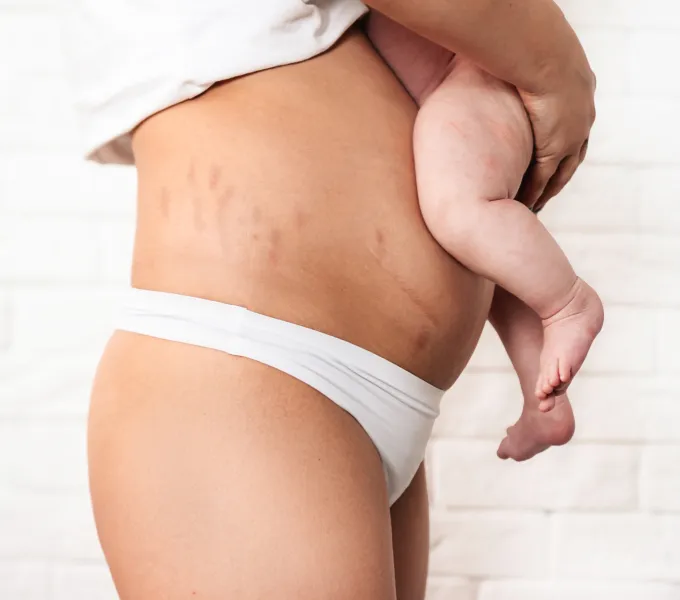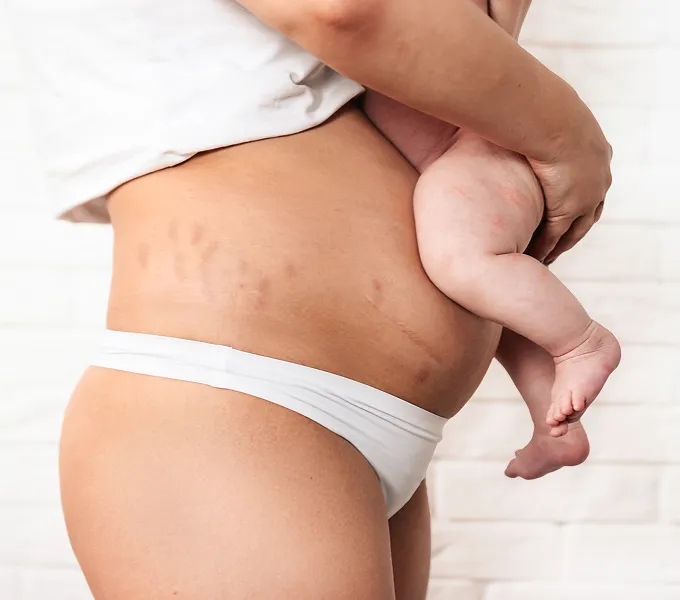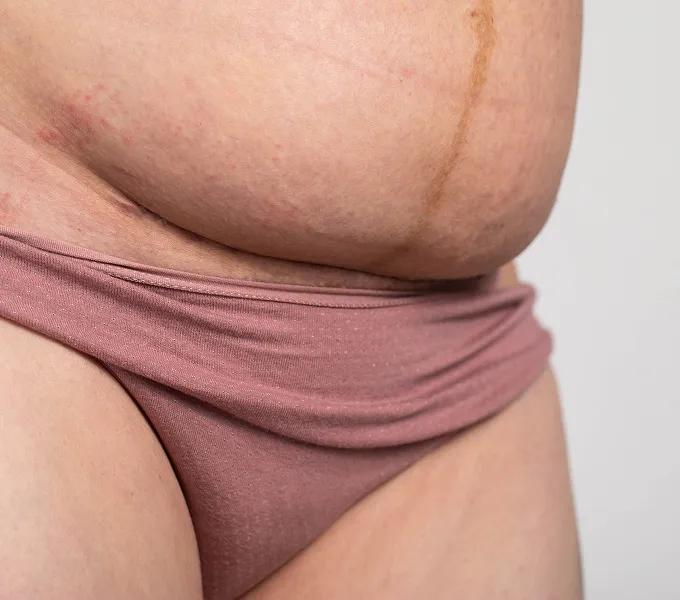
7 Self-Care Tips that Make Breastfeeding So Much Easier
The transformation that your breasts go through during pregnancy and postpartum is truly mind-boggling — they change in size, color, feel, and function. They swell to bursting and are prone to leaking. Feeding and pumping can lead to nipple cracking, redness, and itching. You may have strange sensations and even pain that’s unlike anything you’ve experienced before. That's a lot to manage when you already have your hands full, which is why we wanted to create a very simple, straightforward list of things you can do to stay comfortable, minimize breastfeeding glitches, and keep up your milk supply.
Give this a quick read and don't worry about doing it all. Every little bit of self-care helps. You’ve got this!
1. Consult with an expert
Whether it’s your first or fourth time, a lactation consultant is the best friend you never knew you needed when it comes to taking care of your health when breastfeeding. They can help you with questions you have about your baby’s latch, tongue and lip ties, finding the right bra or pump, and just about anything else.
Ask your OBGYN for a recommendation and/or check out The Lactation Network to see if you can get a consult that’s covered by insurance.
2. Manage milk overload
Breast milk will usually come in around the 3rd or 4th day after birth. Many people find this moment to be a big relief (it’s finally happening!), but it also causes engorgement of your breast tissues, which can be uncomfortable. Ways to feel better:
- Place ice packs on your breasts (over your clothes) after you pump or feed
- Pump or feed on both sides more frequently to empty your breasts
- Manually express some breast milk prior to feeding (this can also help make latching easier for baby)
3. Hit the shower — but avoid soapy nipples
When showering, wash your breasts with warm water and a soft washcloth, avoiding soap. Aim to let your nipples air dry or gently pat them dry — rubbing the tissues may worsen already irritated nipple tissue.
4. Choose a bra that won't squeeze
Wear a bra made from breathable fabric like organic cotton or bamboo that supports your breasts but does not constrict them. If you’re squeezing into a bra, the pressure may affect your breast health and even your milk supply. Go for wireless — underwire can add pressure on milk ducts and increase your risk of developing a clog. Tucking disposable or reusable cloth breast pads inside the cups and over your nipples will absorb leaks.
5. Time your workouts wisely
It can be hard to find a rhythm when balancing milk expression and exercise. Try to time your workouts so they are right after you have pumped or fed the baby. Consider wearing two sports bras if you feel you need the extra support, but make sure they support your breasts without squeezing them (see above).
6. Pile on the pillows
Pillows are MVPs when it comes to supporting your body and your baby’s body during breastfeeding. Use as many pillows as necessary to bring the baby up to your chest (avoid moving your chest toward your baby and supporting the baby’s weight with your arms, which can strain your back, neck, shoulders, elbows, and wrists).
Try also putting pillows behind your back, under each arm and behind your head so you can completely relax during feeding sessions.
7. Watch for clogged ducts
Milk ducts are like branches of a tree that deliver milk to your nipples. If milk isn’t being emptied efficiently then swelling may occur, compressing the ducts. This can further affect the flow of milk and may lead to infection in the breast. Stay on the lookout for, and talk to your doctor if:
- You develop a clogged duct and it won’t go away within 2 days
- You experience any of these signs of infection: redness, fever, body aches, chills, severe pain, puss.
Taking care of your body will allow you to take better care of your baby — and feel good in your skin. If you have any pain or discomfort anywhere in your body, consider working with a physical therapist who can support you in healing and strengthening from head to toe.




